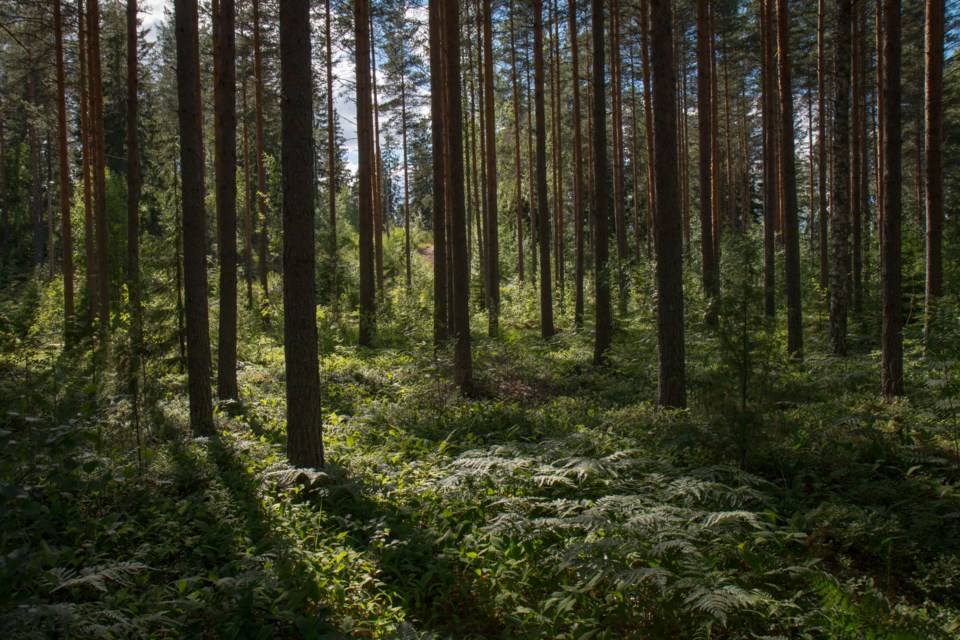Regarding last week’s [cover feature] “The Forest for the Trees,” which addressed management (harvesting) of old growth trees, another worrying situation in some areas of B.C. is the method used to control broadleaf tree species in favour of harvestable timber.
At the BC Wildlife Federation Convention in Spring 2019, James Steidle, who owns a woodworking company and has experience in the industry, gave a presentation on the negative effects of the forest industry’s aerial spraying.
The issue is that every year in B.C., forest companies and government agencies spend millions of dollars to eliminate broadleaf species including aspen and birch.
The majority of the areas affected are done with the use of aerial application of glyphosate formulations, the most common being VisionMax, which is composed of glyphosate and a variety of proprietary, unregulated additives that make glyphosate more toxic but which remain unregulated.
This vast conversion of our forests from bio-diverse stands with many broadleaf species to conifer monocultures results in a plantation forest with far less biodiversity than before.
The effect is less brows[ing areas] for moose, deer and elk, potentially higher rates of mortality amongst amphibians and thus those up the food chain. Plus, less resistance to wildfire where aspen and birch might stand as a barrier.
So less enjoyable walks through aspen, birch and other broadleaves in the fall, another blow to struggling moose, deer and elk populations, no frogs to keep you up at night and glyphosate cocktails left in the water table.
Field estimates showed that spraying with the herbicide glyphosate reduced forage availability by 60 and 96 per cent in summer and winter, respectively, four years after treatment.
Researchers have also found that the typical application rates used to kill plants have the ability to kill up to 30 per cent of some adult amphibians on land. So that means overspray from aerial application hitting seasonal ponds and wetlands is moonscaping these little remote biospheres.
For more information on James Steidle’s research go to: stopthespraybc.com
Dave Harkley // Pemberton




